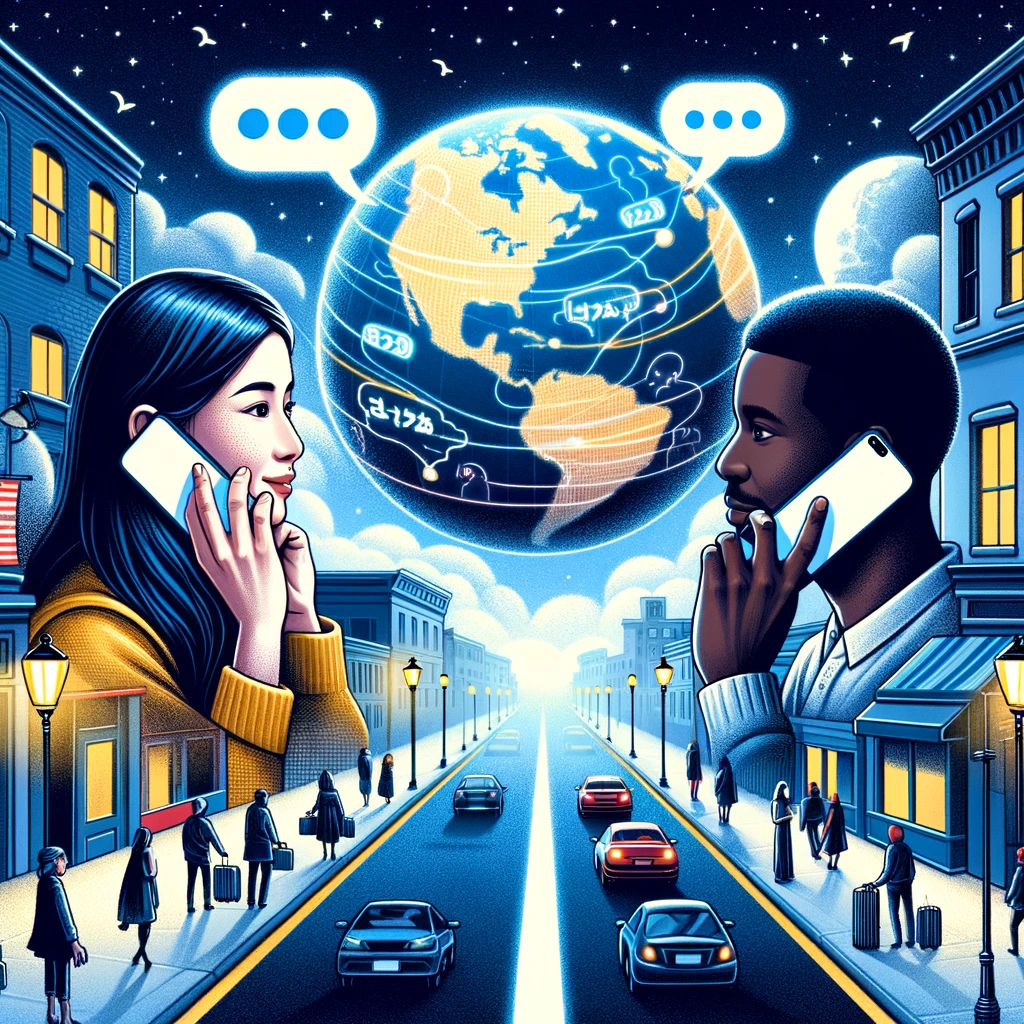AI Translation: Contextual Adaptation
AI reshapes language translation and communication, balancing adaptation with message integrity.

In our increasingly connected world, the ability to communicate across languages has never been more vital. Language translation, a once formidable challenge, has been dramatically improved by the introduction of artificial intelligence (AI) and neural networks. These technologies are not just reshaping the landscape of translation; they're also bringing us closer to the dream of real-time, seamless communication in any language. Think the Star Trek universal communicator.
Traditionally, translation, whether from English to French or Arabic, was an arduous task that often resulted in the loss of context, nuance, and cultural richness. Translating languages with vastly different structures and idioms added layers of complexity to the process. But with the emergence of AI, the paradigm is starting to shift.
AI and neural networks, inspired by the intricate workings of the human brain, have improved translation accuracy immensely. The ability to comprehend context, rather than merely translating words in isolation, has led to translations that are more coherent and culturally relevant.
The magic of AI doesn't stop at text. It has extended to audio and voices, bringing us to a thrilling point where I can speak in English, and almost instantaneously, my words can be heard in a digital voice in any desired language. This breakthrough opens doors to universal understanding and accessibility in ways we’ve only just begun to explore, we have seen such innovation added to YouTube videos and more recently Spotify is using this dubbing approach on their partner podcasts.
But language translation as a one-to-one word conversion is an oversimplified view of the complex process, some languages are longer than others meaning you can only dub at an increased speed to align the visuals. Languages are not flat structures; they are rich tapestries woven with context, tone, humour, speed, and slang. AI's increasing sophistication means it is beginning to grasp these nuances. Though soon, we might be able to translate intangible aspects of communication, like laughter, in real time.
While translation between languages is a significant market with vast use cases, an equally compelling application of AI is within the same language through contextual adaptation. This involves tailoring communication styles between individuals who share a language but differ dramatically in their expression.
Imagine two English speakers: one is direct, logical, and perhaps perceived as blunt, while the other is detailed, humorous, and informal. Misunderstandings are inevitable when they communicate. But what if AI could bridge that gap?
Envision a system where you answer a series of questions to teach an AI your language preferences. Alternatively, the AI could learn from your communication patterns over time, or perhaps by analysing your emails. Then, when you next reach out to someone, instead of typing out your message, you articulate what you want to convey. The AI would then craft a message in the optimal style for the recipient. When they respond, the AI would decode their language, consider their unique communication style, and present their message in a way that resonates best with you.
This level of personalised language adaptation could revolutionise professional and personal interactions, ensuring clarity and reducing misunderstandings. It's a bold new world where language is not just translated but transformed to meet each individual's communication needs.
AI begins to filter and modify our expressions, it could prompt a deeper introspection about how we communicate our emotions and intentions. This self-reflection might lead to an enhanced awareness of our communication styles and their impact on others, potentially driving us towards more mindful interactions.
As AI continues to learn and adapt, the potential applications are boundless. From real-time translation on international video calls to personalised marketing messages that resonate with every unique customer, the language barriers that once seemed insurmountable are being dismantled.
As these tools become more nuanced and widespread, our ability to communicate, understand, and connect with one another will only deepen, heralding a future where language is a bridge, not a barrier.
